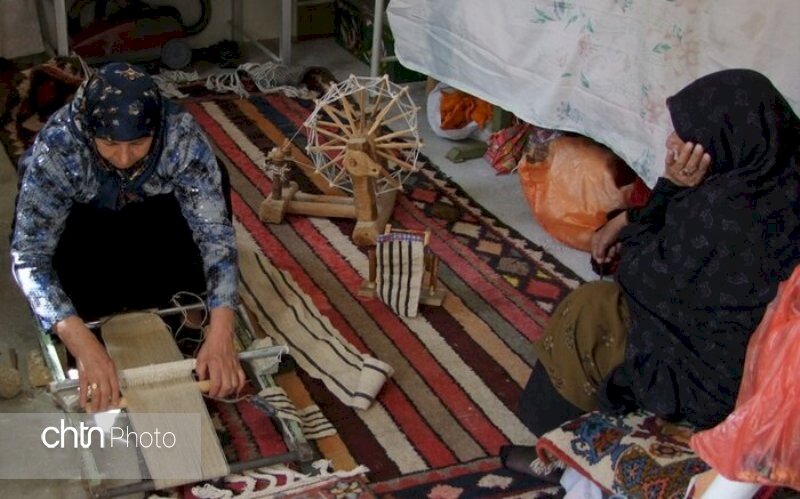Forgotten craft of Kiseh-bafi revived in Chaharmahal-Bakhtiari

TEHRAN –Kishe-bafi (traditional washcloth weaving), a handicraft field that was obsolete beforehand, has been revived in Faradonbeh, western Chaharmahal-Bakhtiari province.
Reviving the handicraft field, which is mostly practiced by female crafters, will lead to create more jobs and improve the living conditions of the locals as well as economic prosperity, the provincial tourism chief Mehrdad Javadi said on Wednesday.
The traditional washcloth, known as Kiseh, is made of fleece and has been used widely in public bathhouses.
Chaharmahal-Bakhtiari has various unique traditions and rituals relative to the 'tribal' lifestyles. Special forms of music, dance, and clothing are noteworthy. It has considerable potential to become a vibrant tourist attraction because of its changing natural landscape.
The province is also a hub for making wool felt products, majorly of which exported abroad. It is home to some 500 crafters, in over 250 workshops, making handmade felt products.
With 14 entries, Iran ranks first globally for the number of cities and villages registered by the World Crafts Council, as China with seven entries, Chile with four, and India with three ones come next.
In January 2020, the cities of Shiraz, Malayer, and Zanjan and the village of Qassemabad were designated by the WCC- Asia Pacific Region, putting Iran’s number of world crafts cities and villages from ten to 14.
Shiraz was named a “world city of [diverse] handicrafts”. Malayer was made a global hub for woodcarving and carved-wood furniture. Zanjan gained the title of a “world city of filigree”. And Qassemabad village, which is nationally known for its traditional costumes, was also promoted to a world hub of handicrafts. Chador Shab, a kind of homemade outer-garment for women, was, however, the main subject for the WCC assessment for the village.
Iran exported $523 million worth of handicrafts during the calendar year 1398 (ended March 19, 2020). Of the figure, some $273 million worth of handicrafts were exported officially through customs, and about $250 million was earned via suitcase trade (allowed for customs-free and tax-free transfer) through various provinces, according to data provided by the Ministry of Cultural Heritage, Tourism and Handicrafts.
Ceramics, pottery vessels, handwoven cloths as well as personal ornamentations with precious and semi-precious gemstones are traditionally exported to Iraq, Afghanistan, Germany, the U.S., the UK, and other countries.
ABU/AFM
Leave a Comment